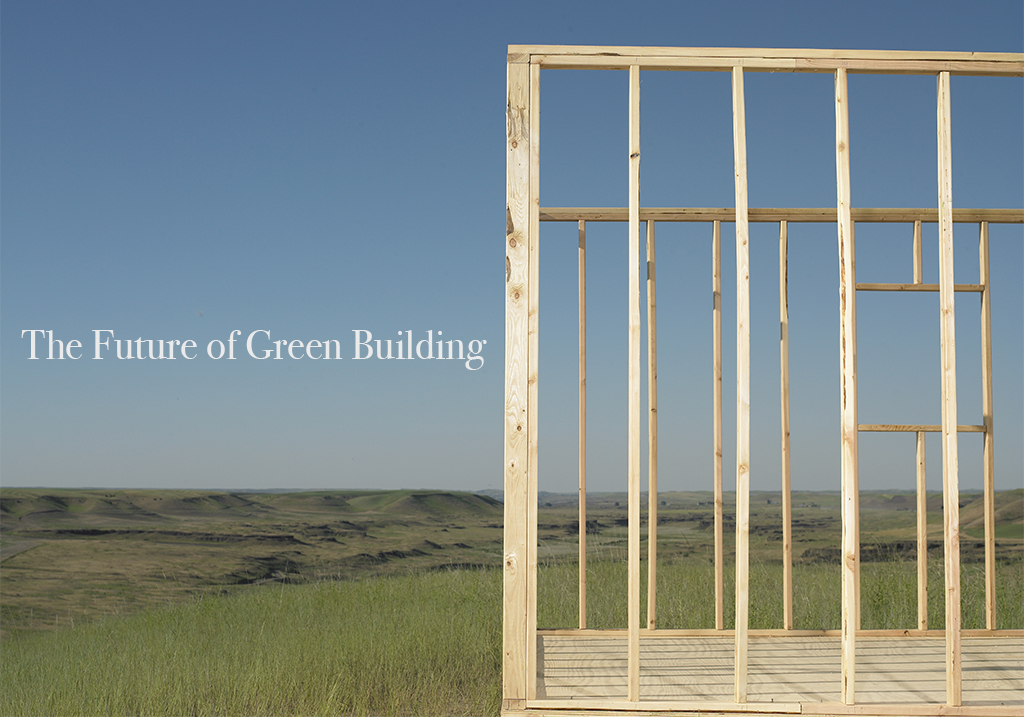In less than four years, California’s housing industry will be required to start building homes that produce as much power as they use during the course of a year as part of the state’s 2020 “net-zero energy” goal. To achieve that goal, builders must employ a mix of reduced energy consumption and solar electricity production through techniques like additional insulation, energy-efficient lighting and appliances, and double- and triple-paned, coated windows — with costs adding $20,000 to $50,000 to home prices.
That leads us to the major obstacle: how to keep construction costs in line, so buyers don’t forsake new housing for cheaper resale homes. And one area developer is serving as an inspiration for how to build net-zero homes with existing materials and equipment at an affordable price.
The first ABC Green Home went on display at the Orange County Great Park in October 2012. Southern California Edison partnered with Green Homebuilding magazine publisher Nick Slevin, the project’s chief developer, to pay most of the concept 1,700-square-foot, Craftsman-style home’s $300,000 building costs. Students from high school building programs helped with the construction.
Two more ABC concept homes now are under construction in the San Gabriel Valley and Fullerton, with plans for the original home to be reconstructed in Santa Ana and three more homes in the works. Eventually, the six ABC Green Homes will be sold to disabled veterans and their families through Habitat for Humanity. Habitat and Green Homebuilder advertisers are helping pay for the final five homes, with the cities of Walnut and Fullerton donating two of the three lots being used.
The best news? Homebuilding companies already have adopted some of the ABC Green Home’s features. “This home was seen by industry professionals, both on the design side and the builder side,” said the first home’s designer, architect Manny Gonzalez of Irvine-based KTGY Architecture and Planning, in a recent report by the O.C. Register. “When we get to 2020 and look at what got us there, the ABC Green Home certainly would be at the forefront of that effort.”
Others spearheading the green-building forefront include:
• The National Association of Home Builders, which has featured a demonstration home showcasing all types of features that developers can incorporate into their construction at its annual builder’s show since 1984.
• Los Angeles homebuilder KB Home, which has built 12 net-zero demonstration homes around the country since 2011 — including one in Lake Forest and three others in California. KB Home also is teaming up with KTGY’s Gonzalez, the ABC Green Home’s first designer, to produce another demonstration house for the Greenbuild International Conference in downtown Los Angeles in October. And, sometime within the next year, the company plans to launch its first net-zero community for the mass market at an undisclosed location in Southern California.
• Brookfield Residential of Southern California, which built a pilot net-zero home in Ontario in 2012. Now many of its homes are solar-ready, featuring thicker exterior walls with added insulation. Like the ABC home, Brookfield also uses more efficient water heaters and does leak tests on air ducts.
• Irvine-based City Ventures has built 900 solar, all-electric town-homes in the past five years and has 500 similar homes under construction from Chula Vista to Santa Rosa. The company also built 13 all electric, solar houses in Carson. On average, solar panels supply about 30 percent of the power used in City Venture’s homes.

